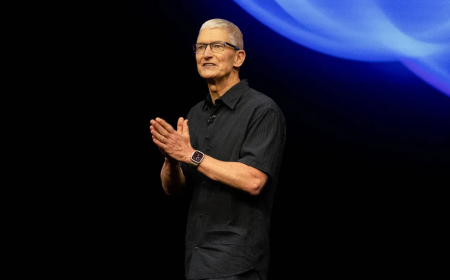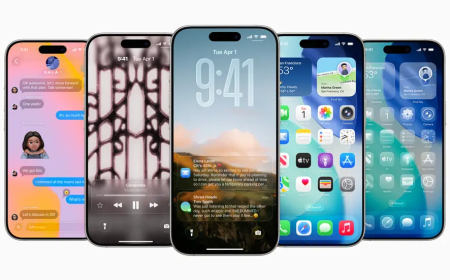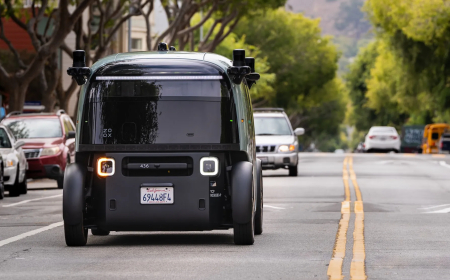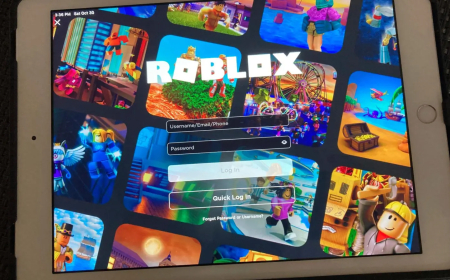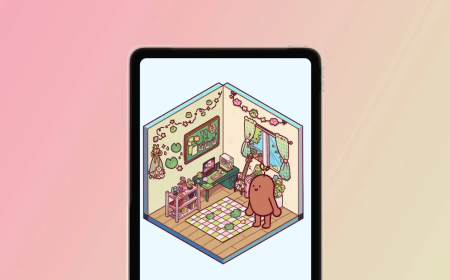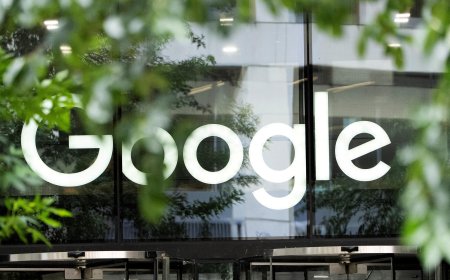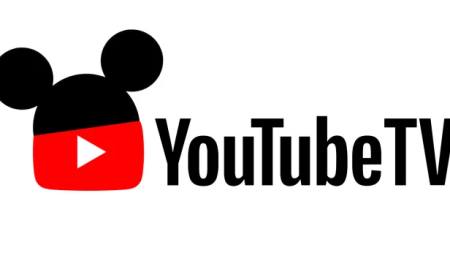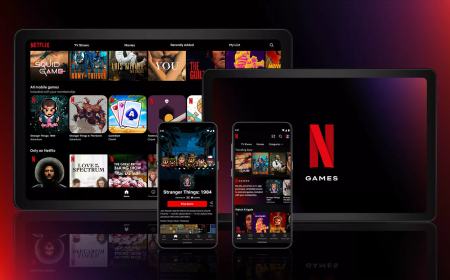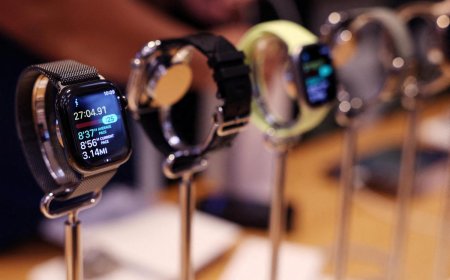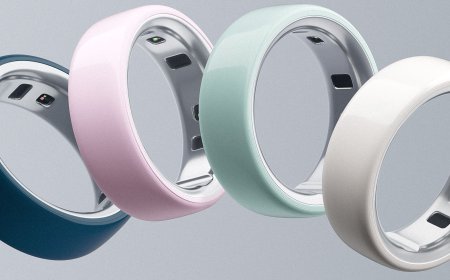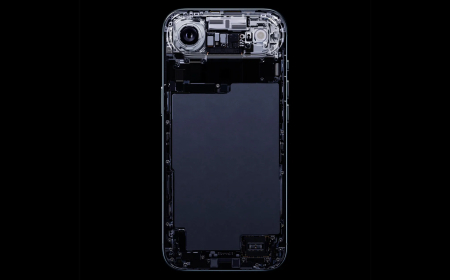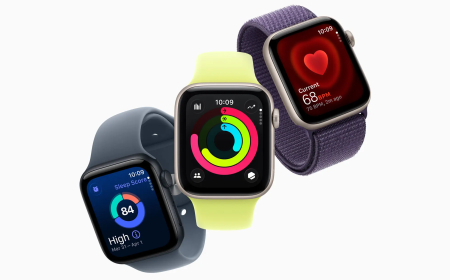Mark Zuckerberg Has Begun His Quest to Kill the Smartphone
Mark Zuckerberg unveils the Meta Ray-Ban Display, a new smart glasses model with cameras, an AI assistant, and a Meta Neural Band for gesture control. Meta aims to shift users from smartphones to smart glasses, offering apps, live translations, and directions on the display.
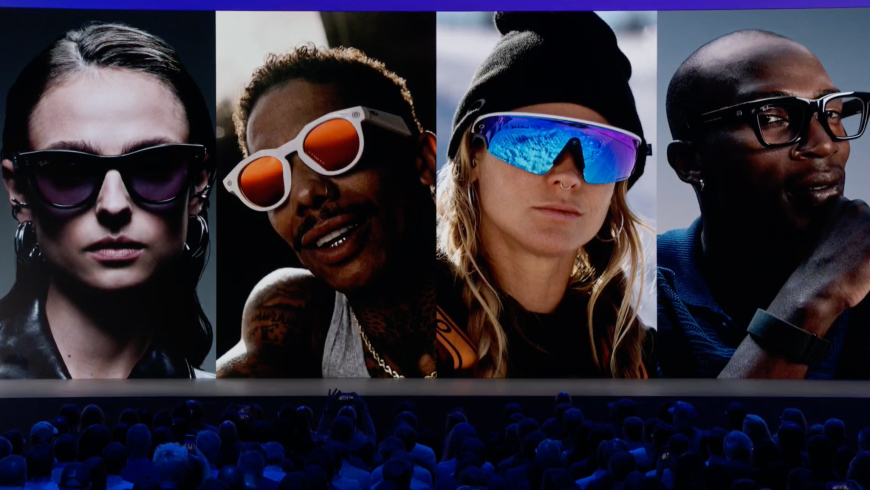
If you can’t resist the urge to check your phone over and over, even when you’re out with friends, Meta has a solution: check your glasses instead.
“Glasses promise to preserve this sense of presence that you have with other people,” said Mark Zuckerberg, CEO, at the Meta Connect 2025 keynote. “I think that we’ve lost it a little bit with phones, and we have the opportunity to get it back with glasses.”
In reality, Meta wants its own hardware to eat into the market share of Apple and Google, so it doesn’t have to keep siphoning profits to them via app stores. Nevertheless, this is the angle Meta is using to sell its most sophisticated smart glasses yet, the Meta Ray-Ban Display, which the company hopes could one day eclipse the market share of smartphones.
Meta’s Reality Labs division burns cash at an alarming rate, which has concerned investors over the years. But Wednesday’s event finally showed a glimpse of what the division’s $70 billion in losses since 2020 have been spent on.
Meta has had its share of flops, like the entire promise of its social metaverse (remember when they said metaverse avatars would finally get legs?). But with the Meta Ray-Ban Display, Meta has created a remarkable piece of technology, unlike any other consumer-facing product on the market — while it’s yet to be tested thoroughly, it looks promising.
Like Meta’s existing smart glasses, which have sold millions of pairs, the new model has cameras, speakers, microphones, and an on-board AI assistant. The display on the glasses, which is offset to avoid obstructing one’s sightline, can display Meta apps like Instagram, WhatsApp, and Facebook, as well as directions and live translations.
What most sets the Meta Ray-Ban Display apart is the Meta Neural Band. This wristband uses surface electromyography (sEMG) to detect signals sent between your brain and hand during gestures.
On a touchscreen smartphone like an iPhone, research estimates people text at about 36 words per minute, making Zuckerberg’s claim impressive. Reality Labs’ research participants averaged closer to 21 words per minute. Unlike past Meta Ray-Bans, this technology allows people to use the glasses without speaking aloud, which isn’t always natural in public settings. While Apple Watch users can send texts without voice prompting, the process is slow and tedious, primarily as a last resort.
Other gesture controls on the wristband are similar to technology consumers have used before, like Nintendo Joy-Cons and Apple Watches. But if the voiceless texting interface is as effective as it seems, the wristband could support more complex gestures than we are used to.

Meta has invested heavily in sEMG research since 2021, even showing a prototype of a larger product called Orion. Like Apple and Google, Meta is preparing for a future where smart glasses could eclipse the smartphone.
However, as with any significant hardware investment, it’s uncertain whether this will feel more natural than pulling out a smartphone to send messages. This could be Meta’s biggest bet yet, possibly even bigger than its metaverse efforts. Zuckerberg is positioning this technology not just as an innovation, but as a tool to feel more present, leveraging consumer concern about excessive screen time — even though his apps are part of the problem.
“The technology needs to get out of the way,” Zuckerberg said.
Will the smartphone become an obsolete relic, like a Nokia with a T9 keyboard? That depends on whether Zuckerberg’s narrative — that these glasses enhance presence — resonates with consumers. Meta and its competitors are betting big on a cultural shift from smartphones to smart glasses, and the Ray-Ban Display gives consumers their first taste of this potential future.
What's Your Reaction?
 Like
0
Like
0
 Dislike
0
Dislike
0
 Love
0
Love
0
 Funny
0
Funny
0
 Angry
0
Angry
0
 Sad
0
Sad
0
 Wow
0
Wow
0





